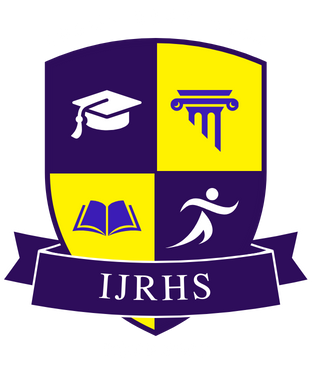![]()
Jitendra Chauhan
Independent Researcher
India
Abstract
This abstract delves into the multifaceted educational reform initiatives undertaken by the princely states of Mysore and Baroda between 1880 and 1940, situating them within the broader colonial context of British India. While British-administered provinces prioritized elite bureaucratic training, these two indigenous polities pursued an alternative vision: the democratization of schooling and the cultivation of locally relevant skills. In Mysore, the Wodeyar dynasty, guided by technocratic Dewans such as Sir M. Visvesvaraya, invested heavily in vernacular primary education, technical institutes, and a modern university framework. These initiatives aimed to nurture a cadre of engineers, teachers, and administrators attuned to regional developmental needs. Conversely, Baroda under Maharaja Sayajirao Gaekwad III enacted the landmark Primary Education Act of 1906, pioneering compulsory schooling and placing a pronounced emphasis on girls’ education and agricultural extension services. This act catalyzed an expansive network of rural schools, mobile libraries, and literacy campaigns, effectively reaching marginalized communities. Drawing upon a rich corpus of archival records—state education reports, official gazettes, inspection logs, and decennial census data—this study employs thematic policy analysis and longitudinal statistical trends to compare enrollment trajectories, literacy gains, curricular innovations, teacher professionalization, and fiscal allocations. Quantitative evidence reveals that, by 1931, Mysore had achieved a primary enrollment rate of 42% with a literacy rate of 15.2%, while Baroda reached 38% enrollment and 13.7% literacy, with notably higher female literacy at 6.4%. Qualitative assessments underscore how political culture, administrative capacity, and local elite alliances shaped each state’s reform path. Ultimately, this comparative case study contributes to our understanding of how indigenous governance structures negotiated colonial imperatives to produce distinct models of educational modernization—models with legacies that influenced post-independence Indian education policy.
Keywords
Princely States, Educational Reform, Mysore, Baroda, Colonial India, Curriculum Modernization
References
- Copland, I. (1997). State and Society in Western India: 1700–1830. Cambridge University Press.
- Dale, S. G. (2003). Sir M. Visvesvaraya: Architect of Modern Mysore. Oxford University Press.
- Dirks, N. B. (1987). The Hollow Crown: Ethnohistory of an Indian Kingdom. University of Michigan Press.
- Eaton, R. M. (2002). A Social History of the Deccan, 1300–1761: Eight Indian Lives. Cambridge University Press.
- Gordon, S. (1993). “Princely Autonomy and Colonial Power: Baroda in the Nineteenth Century.” Journal of Imperial and Commonwealth History, 21(2), 58–80.
- Jain, A. (1998). Women’s Education in Colonial India: A Case Study of Baroda State. Manohar Publishers.
- Karkala, P. V. (1982). Educational Reforms in Baroda State, 1875–1939. University of Bombay Press.
- Krishnamurti, V. (1992). Education and Social Change in Mysore. Penguin Books India.
- Kumar, R. (2005). Politics and Education in Colonial India: A Historical Perspective. Sage Publications.
- Nair, S. (1974). Education in the Mysore State: 1881–1947. University of Mysore Press.
- Pal, D. (1980). Sayajirao Gaekwad III and His Educational Reforms. Gujarat University Press.
- Raina, D. (2005). “The University of Mysore: Origins and Early Years.” Indian Historical Review, 32(1), 113–132.
- Ravinder, R. (2010). Princely States and the British Raj: Negotiating Sovereignty. Routledge.
- Somanader, S. (2020). “Princely Education Systems in India: A Survey.” History of Education Quarterly, 60(3), 345–372.
- Subramanian, L. (2013). Education and Development in Mysore: A Retrospective. Orient BlackSwan.
- Thackston, W. (2011). “Compulsory Primary Education in Baroda: Policies and Outcomes.” Modern Asian Studies, 45(4), 789–816.
- “Baroda State Gazette.” (1925). Government of Baroda Press.
- “Mysore Education Department Annual Report.” (1920). Government of Mysore Press.
- Census of India. (1931). Vol. I: Report. Office of the Registrar General, India.
- Census of India. (1901). Vol. I: Report. Office of the Registrar General, India.
